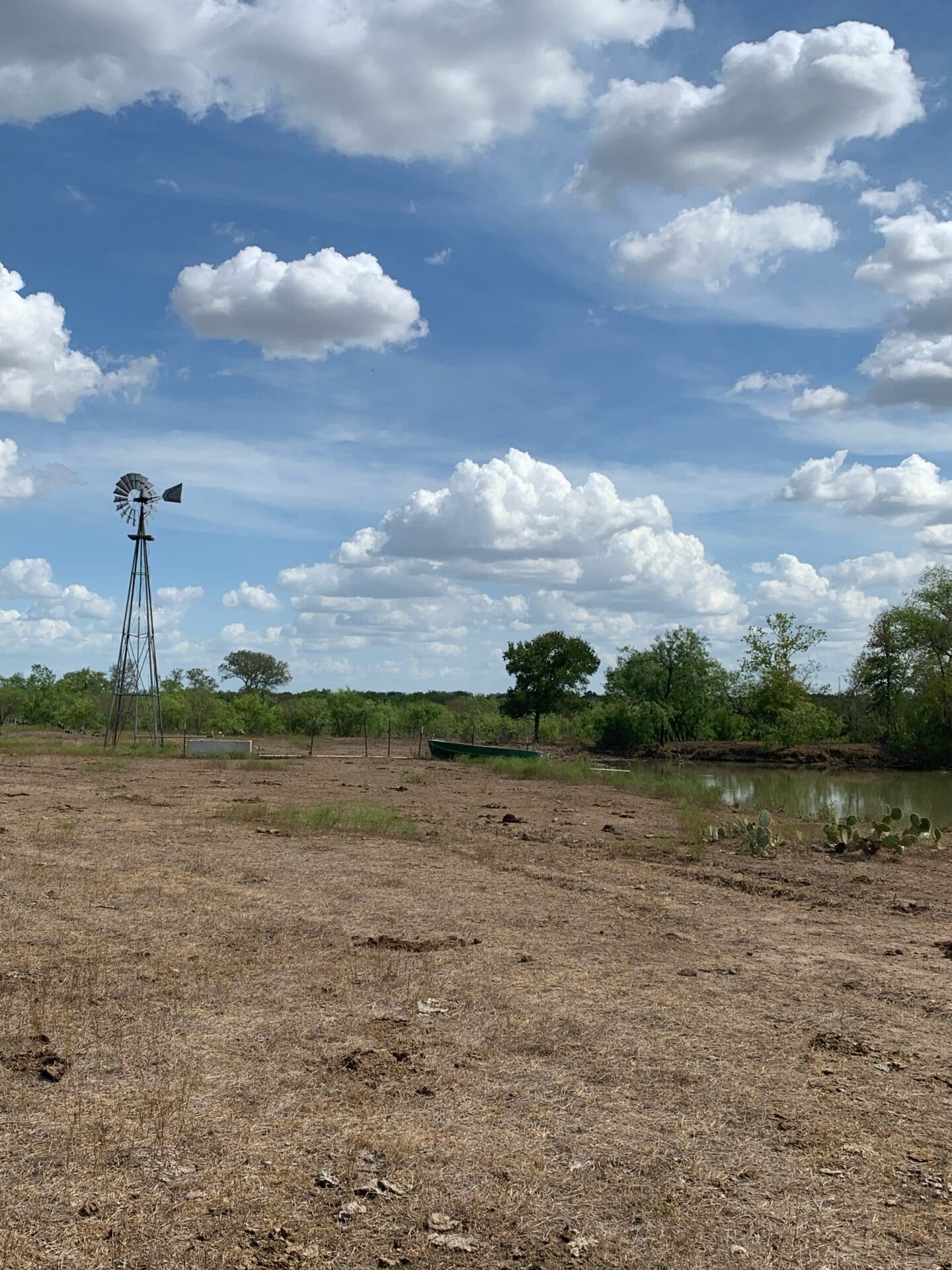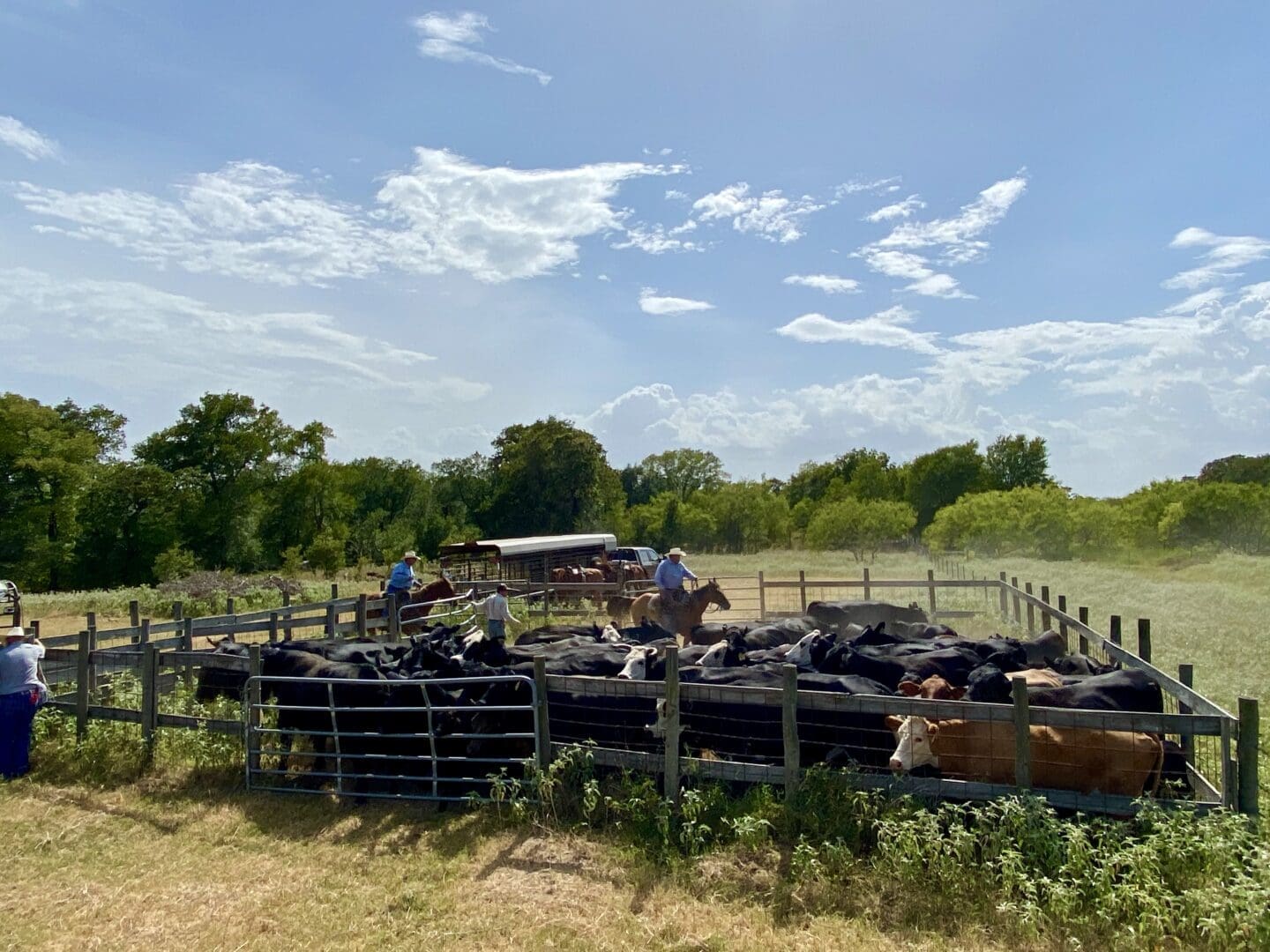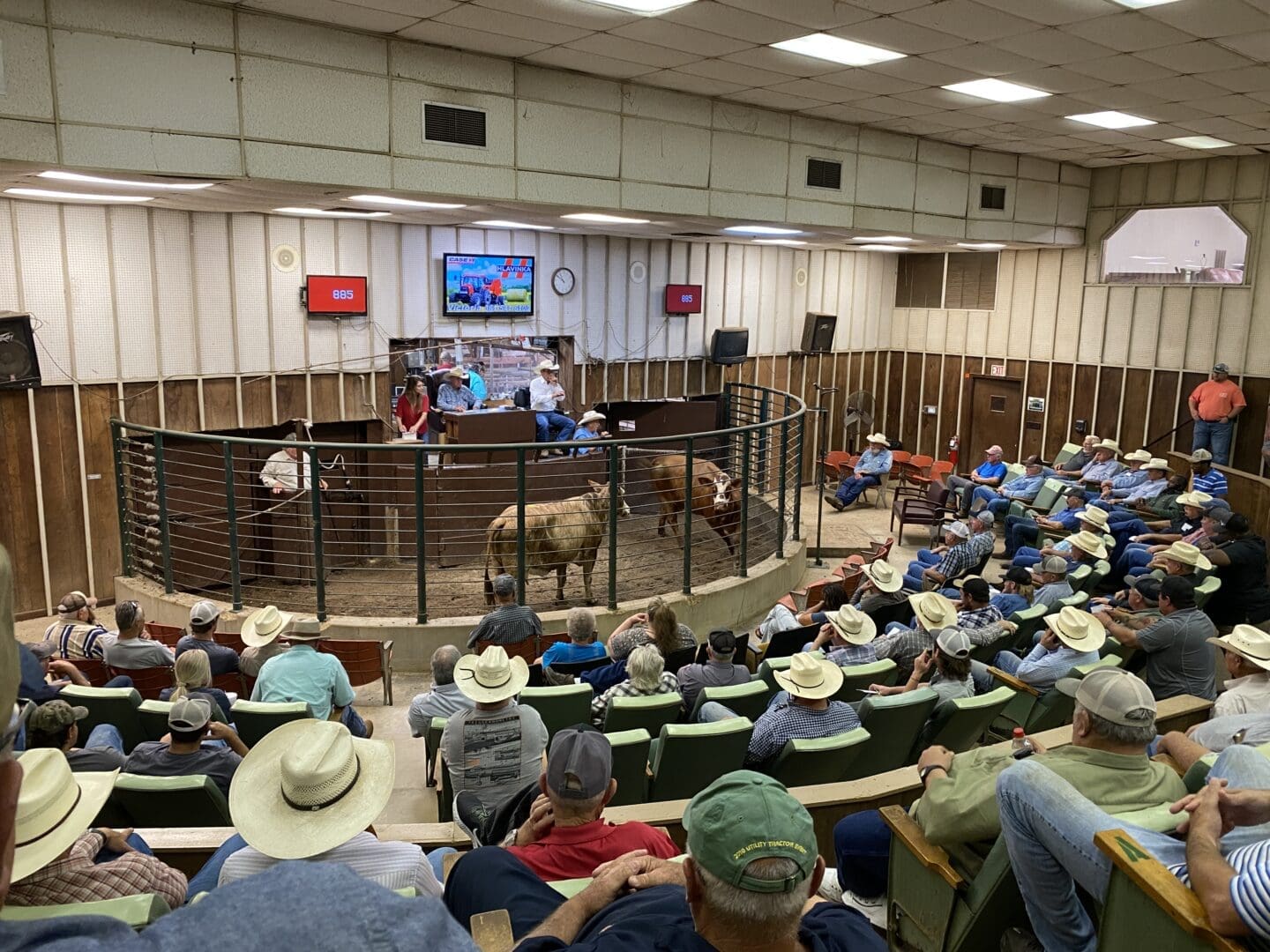Headed down the long gravel driveway to the 284-acre homestead in Gonzalez, Texas, that my father bought in 1971 has always given me a sense of excitement. The flat pastures of green grass refreshed, and the massive overhanging oak tree branches feel majestic, especially when they’re lush with green leaves.
But this summer, the drive took my breath away for other reasons: the pasture and surrounding fields were brown, much like in winter month, and the oaks were dropping leaves early to conserve water that they would otherwise lose through transpiration under a scorching July sun.
It was Day 68 of no measurable rain and 34 consecutive days of over 100-degree temperatures. We were in Drought Classification D4, exceptional drought in this town south of Austin where I had grown up riding my first horse at age 5, sitting in the bed of my father’s pick-up as he drove us to the windmill that pumps underground water, or visiting my grandparent’s house where my Papa would regale us with the history of Gonzalez, where the Texans fired the first cannon shot against the Mexican Army during the Texas revolution of 1835.
My work at The Rockefeller Foundation helps support our programs in creating more access to renewable energy and de-commissioning coal and other carbon-based fuels in supplying electricity. I also support our work on the food crisis, which is not entirely due to war in Ukraine, but rather started years earlier from wildfires, flooding, and recurring drought that so affected agricultural lands.
I am very familiar with the science behind global warming. But now I was returning to my father’s homestead to deal with the very real effects: my sister and I were helping him sell 24 calves because we couldn’t afford to feed them any longer.


Hay has shot up from $40 a bale to $120 and higher—mostly because of reduced production due to the drought. Likewise, the pond on our family land is shrunken, though thankfully not entirely dried up like the oil well that used to stand here too—”Texas Tea,” as we dubbed it, which I thought was so cool.
Mesquite trees grow like weeds here, so we’ve gotten some sprayed and uprooted each year, and a vendor often comes gather mesquite to sell the wood for our famous Texas BBQ. We may have to reconsider that, leave them alone and let them continue to grow as a nature-based carbon absorption tool.
With Hay Shortages, Livestock Market Extends its Hours
That’s why, when we took our calves to the Gonzalez Livestock Market, we noticed that so many other ranchers were doing the same thing: selling. The market opens at 9:00 AM and used to close at 1:00 PM, but now has so many calves to sell that it stayed open till after 6:00 PM.
With about 35 head of cattle left, we are able to only put down about one bale of hay every ten days so that we have enough left for winter, in addition to three bags of feed two times a week. Feed has also more than doubled in price for a 50-pound bag–and you have to get to the Feed & Supply store early or the shelves will be empty.
As of August, some 42 percent of the U.S. and about 50 percent of the lower 48 states were in drought, with more than 230 million acres of crop were at risk.
When I see people still arguing about if or how to fight global warming, or who is to blame, or which priorities to put first, I just want to tell them to wake up and look at the science. Look at what has happened so far in my lifetime. This is going to drastically change our planet if left unchecked.
These are also issues touched on by the United Nation’s Sustainable Development Goal 2, which focuses on achieving food security through sustainable agriculture.
Without change, people are going to lose lands and livelihoods that have been in their families for generations. They are possibly going to lose their lives.
Solutions are out there. Let’s start funding them, applying them, and do what Texans always do: “Cowboy up and git’r done.”
